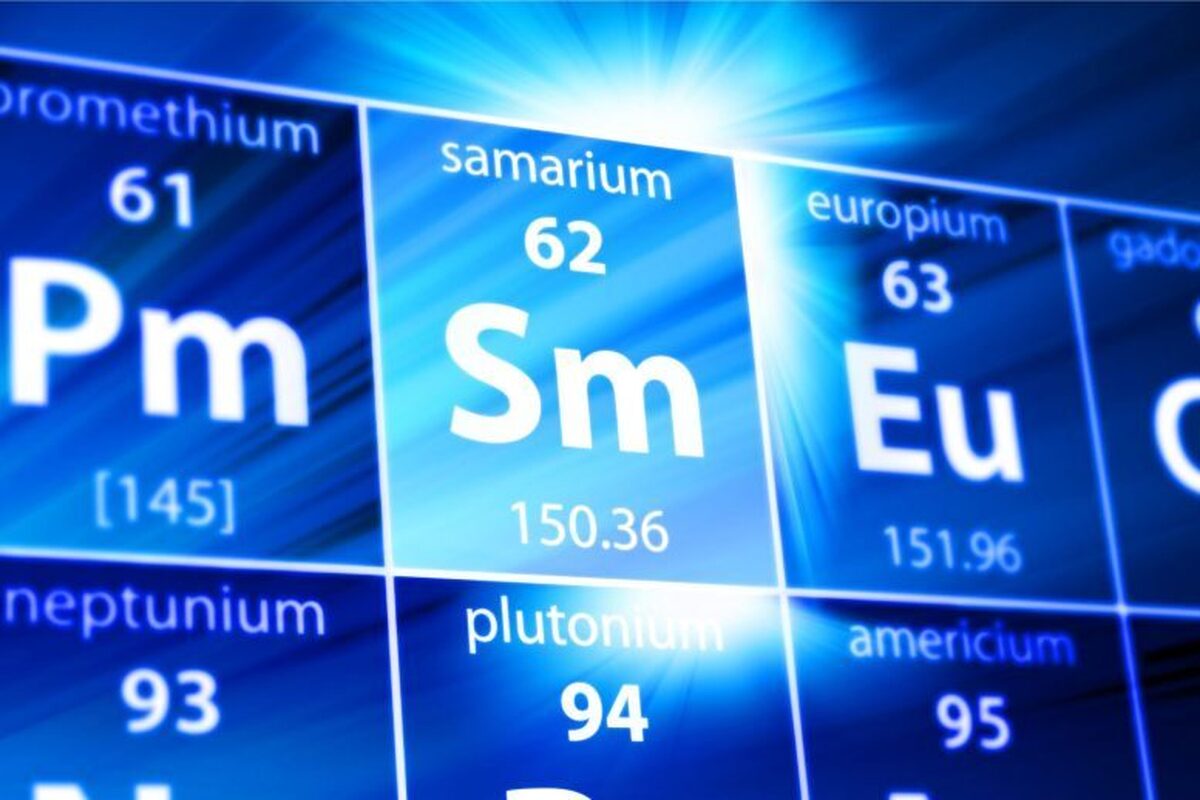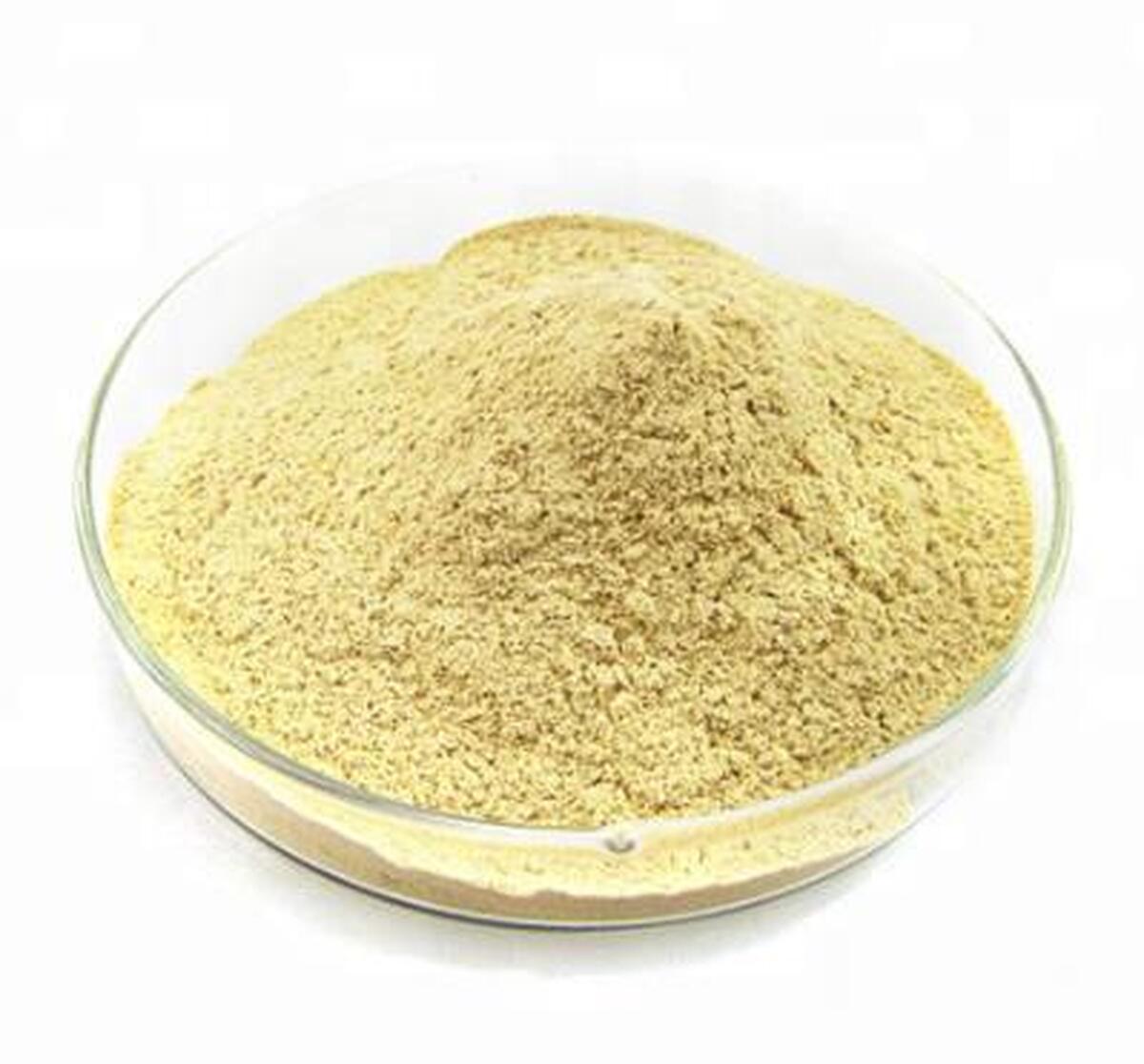New Samarium Catalyst Reduces Costs, Boosts Pharmaceutical Reaction Efficiency

The ligand enables the use of more stable trivalent samarium compounds, which are reduced to divalent samarium when exposed to visible-light irradiation, Journal of the American Chemical Society reported.
Samarium (Sm), a rare earth metal, holds significant value in organic chemistry due to the effectiveness of its divalent compounds in carrying out single-electron transfer reductions. Samarium iodide (SmI2), a relatively stable compound, can function under mild conditions at room temperature, making it an essential tool in the production of pharmaceuticals and biologically active substances.
However, most reactions require SmI2 in quantities equal to or greater than the stoichiometric amount and necessitate the use of harmful chemicals, making the process resource-intensive and expensive to manage.
Several approaches have been studied to reduce the amount of Sm reagents to catalytic amounts. However, most of the currently available methods require harsh conditions and highly reactive reducing agents and still require significant amounts of Sm, typically 10–20% of the raw materials. Considering the high cost of Sm, there is a significant demand for an efficient catalyst system that uses minimal Sm under mild conditions.
In a recent breakthrough, a research team from Chiba University in Japan, led by Assistant Professor Takahito Kuribara from the Institute for Advanced Academic Research and the Graduate School of Pharmaceutical Sciences, developed an innovative method that significantly reduces the amount of Sm. The team developed a 9,10-diphenyl anthracene (DPA)-substituted bidentate phosphine oxide ligand for coordination to trivalent samarium, enabling the use of visible light to facilitate Sm-catalyzed reductive transformations. They call this ligand a visible-light antenna.
Assistant Professor Kuribara explains, “Antenna ligands are known to help in the excitation of lanthanoid metals like Sm. Previously, we reported a DPA-substituted secondary phosphine oxide ligand capable of reduction-oxidation reactions under visible light. Inspired by this, we designed a new DPA-substituted bidentate phosphine oxide ligand that uses visible light to reduce the amount of Sm to a catalytic level.”
The team included Ayahito Kaneki, Yu Matsuda, and Tetsuhiro Nemoto from the Graduate School of Pharmaceutical Sciences at Chiba University. Their study was recently published in the Journal of the American Chemical Society.
Through a series of experiments, the research team showed that using the Sm catalyst in combination with DPA-1 under blue-light irradiation produced high yields of up to 98% for pinacol coupling reactions of aldehydes and ketones, which are commonly used in pharmaceuticals. Remarkably, these reactions could proceed with only 1-2 mol% of the Sm catalyst, a significant reduction compared to the stoichiometric amounts typically required. Furthermore, the reactions could proceed even with mild organic reducing agents like amines, in contrast to the highly reducing agents previously used.
The results showed that the addition of a small amount of water improved yields, while excess water inhibited the reaction. In comparison, DPA-2 and DPA, which have similar structures to DPA-1, yielded poor results.
To understand why DPA-1 was so effective, the researchers studied the emission characteristics of the Sm catalyst and DPA-1 combination. They found that DPA-1, with its visible-light antenna, functions as a multifunctional ligand that coordinates with Sm, selectively absorbs blue light, and efficiently transfers electrons from the antenna to Sm.
The researchers successfully applied the Sm catalyst and DPA-1 combination to various molecular transformation reactions, including carbon-carbon bond formation and carb on-oxygen and carbon-carbon bond cleavage, which are crucial for drug development. Moreover, by utilizing visible light as an energy source, they also achieved molecular transformations that combined Sm-based reduction with photo-oxidation.
“Our new visible-light antenna ligand reduced the amount of Sm to 1–2 mol%, a significant decrease compared to the stoichiometric amounts typically required, by utilizing low-energy visible light,” remarks Assistant Professor Kuribara. Adding further, he says, “Importantly, we were able to use trivalent Sm as the starting material, which is more stable and easier to handle as compared to divalent Sm.”
Overall, this study provides valuable insights for further development and design of Sm-based catalysts, marking a significant step forward in organic chemistry by enabling efficient Sm-catalyzed reductive transformations under mild conditions with minimal Sm loading.
4155/v
























